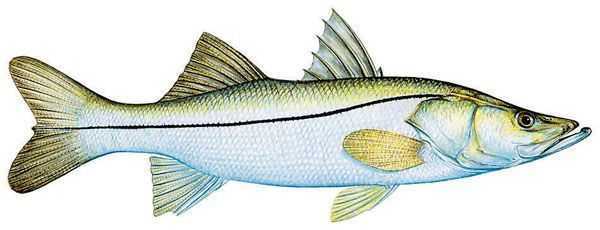


Snow Leopard), or that is a prior version of the same release (i.e., OS X 10.6.0 vs. In these cases or even if people have a newly purchased machine and have just misplaced their restore discs, they may try installing a purchased retail copy of OS X that either is an entirely different release (i.e., Leopard vs. One common reason people try installing older versions of OS X is they need to perform a reinstallation of the OS but do not have the gray system restore discs that came with the computer, which may be especially true if the system was purchased second-hand.

Need to reinstall but only have older discs available Here are some possibilities people may encounter: There are a number of instances (some more viable than others) as to why people may want to try this, or at least inadvertently end up doing so, but despite this, you should not install an OS version that was released before your system was released. Mac OS versions and builds included with Intel-based Macs.Mac OS versions and builds included with Power PC-based Macs (since 1998).


 0 kommentar(er)
0 kommentar(er)
